
Scotland is the proud home of 13 UNESCO sites, including creative cities, geoparks, biospheres, and world heritage sites. To celebrate each location, and to make the public more aware of them, VisitScotland recently launched the UNESCO Trail. On their website they have several suggested itineraries to visit the sites during your trip, complete with travel tips, routes, and sustainability information. Choose to start in Glasgow, Edinburgh, or Inverness. Read on to learn more about each Scottish UNESCO site.
UNESCO Biospheres
UNESCO Biosphere Reserves are sites recognised for their commitment to conservation of ecological diversity and sustainability. Scotland has two designated biospheres:
Wester Ross
Located up in the north west Highlands, the Wester Ross Biosphere covers 3,000 square miles (nearly 8,000 sq km). It includes two national scenic areas and three national nature reserves. Rugged coastline, sparkling lochs, deep glens, and towering mountains all create this stunning landscape which lies upon some of the oldest geological features in the world. As big as the area is, only 5,000 people live here so you can feel truly at one with nature. Crofts and villages scattered across the hills tell the region’s history, all the way back to the Iron Age.
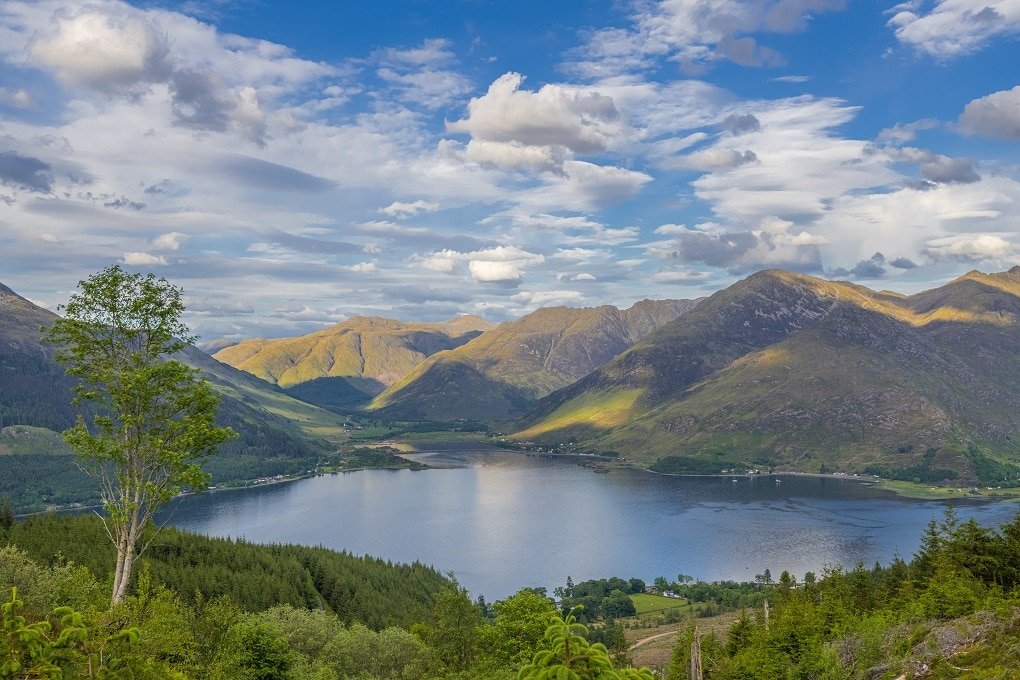
Galloway and Southern Ayrshire
At the other end of Scotland, in the south west, is Galloway and Southern Ayrshire Biosphere Reserve. Covering a little over 2,000 square miles (5268 sq km), it was the first site in Scotland to receive the UNESCO Biosphere designation. These hills and moors were once covered by glaciers. As the ice receded, rich woodlands grew up, creating a haven for all sorts of flora and fauna. See where Romans, Vikings, and early Christians all settled. The Galloway Dark Skies Park is also a perfect spot for stargazing.

UNESCO Creative Cities
There are three Creative Cities on Scotland’s UNESCO Trail. The designation was introduced in 2004 to recognise cities which make a global contribution to sustainability and the creative arts. The three Scottish Creative Cities are:
Edinburgh
This is the Year of Stories in Scotland so what better place to start than in Edinburgh, City of Literature. In fact, Edinburgh became the world’s first UNESCO City of Literature in 2004, a testament to its rich history of storytelling. Sir Walter Scott (be sure to visit his statue), Robert Louis Stevenson, J.M. Barrie, and of course Robert Burns are among those literary luminaries who are either from or heavily inspired by the city. Edinburgh also hosts the world famous Edinburgh Fringe and has more public libraries per square mile than anywhere else in the country. Browse a bookstore, visit a museum, or sit in a cafe with a good book – you can’t go wrong with any of these choices.

Glasgow
Glasgow’s vibrant music scene earned it the City of Music title, and rightly so. Whether your tastes run from Celtic and folk to rock, classical to jazz, you can find something worth listening to here. One estimate puts the average number of live concerts held each week at more than 100, so you have no reason to say you’re bored. Venues range in size from the pub on the corner to the Royal Concert Hall and the OVO Hydro Arena so take your pick. The Glasgow Barrowlands has hosted countless huge names over the years, and Radio One named King Tut’s Wah Wah Hut Britain’s Best Live Venue.

Dundee
Dundee was built upon the shipbuilding and textile industries. When those started to wane, the city decided to innovate elsewhere and, in doing so, has become known as City of Design. It is now a hub for technology, game design, fashion, medical research, and so much more. The waterfront area has undergone huge regeneration in recent years and is now a tourist attraction in its own right. Visit the V&A Dundee or Verdant Works, which explores Dundee’s textile industry. Stop off at some of the local art galleries. Wherever you go in the city, you can’t help but stop and admire the colour, creativity, and innovation.

UNESCO Global Geoparks
UNESCO describes their Global Geoparks as “single, unified geographical areas where sites and landscapes of international geological significance are managed with a holistic concept of protection, education and sustainable development.” These areas work with communities to aid sustainability and conservation in a way that also helps the local economy. There are two UNESCO Global Geoparks on the Scottish UNESCO Trail.
Shetland
The Shetland Islands may be in the north now, but they began life near the South Pole. Over millennia, they shifted further and further north, past the equator and eventually settling in their current location in the North Atlantic. As such, they are of huge interest to geologists. Archaeologists love them too since they are host to some excellently preserved Iron Age remains. Visit extinct volcanoes and ancient ocean beds or enjoy unparalleled views of the puffins, dolphins, and whales. Shetland is quite unlike any other place you will visit.

North West Highlands
If you haven’t already guessed, Scotland is a geologist’s delight. The North West Highlands are no different. The oldest rock in Europe (3 billion years, if you’re interested) and the earliest evidence of life in Europe are both to be found here. Jumping forward to the here and now, this region has much to offer the outdoor explorer. The mountains, moors, and beaches are all ideal destinations for a day trip or a long hike and the local wildlife is largely undisturbed. Keep your eyes open for an eagle or two!
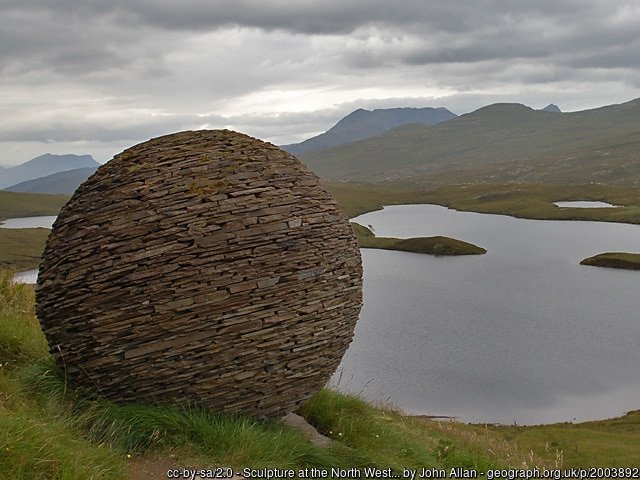
UNESCO World Heritage Sites
UNESCO World Heritage Sites are chosen for their “Outstanding Universal Value”, i.e. they are natural or cultural sites which demonstrate influence or significance in a global context. Six such sites can be found in Scotland:
St Kilda
The remote St Kilda archipelago sits at the edge of the Outer Hebrides. It consists of five islands: Hirta, Dùn, Soay, Boreray and Levenish, as well as numerous sea stacks and islets. Despite their isolation, the islands were home to a thriving community for many centuries. The population declined over time and the few remaining residents were evacuated in 1930, never to return. The National Trust of Scotland now owns St Kilda and works to preserve the long-abandoned buildings. St Kilda is home to some important biodiversity, both on its cliffs filled with seabird colonies and below the surrounding waters.
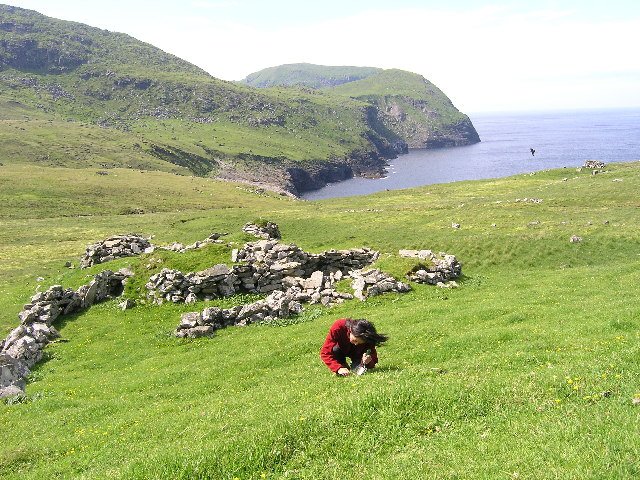
Neolithic Orkney
The Orkney Islands were one of those almost mythical places we learned about at junior school. Names such as Skara Brae and the Ring of Brodgar conjured up Tolkein-like images of a place far away in time. The early peoples of Orkney built monuments and houses out of stone, and many of these have survived thousands or years later, continuing to tell an extraordinary tale of Neolithic life. At Skara Brae, remarkable finds include stone walls and passageways, examples of early plumbing, and even stone furnishings. Maeshowe is an ancient tomb, constructed so that the light of the setting sun at the winter solstice shines inside to illuminate the burial chamber. The aforementioned Ring of Brodgar and the Stones of Stenness are massive stone circle. All in all, this gives us a hugely detailed view of life as it was on these remote, harsh islands several thousand years ago.

New Lanark
Jumping forward in time (compared to Orkney), New Lanark offers a fascinating insight into social reforms of the 18th century. David Dale founded the cotton mill, which operated from 1785 to 1968. It was here that Dale’s son-in-law Robert Owen introduced a number of progressive measures, including free medical care for mill workers, no child labour under the age of 10, and shorter working days. At one time the mill was the largest industrial complex in the world and it served as a model for an ideal working environment. The mill village has been carefully restored to illustrate life for the mill workers in the 18th and 19th centuries.
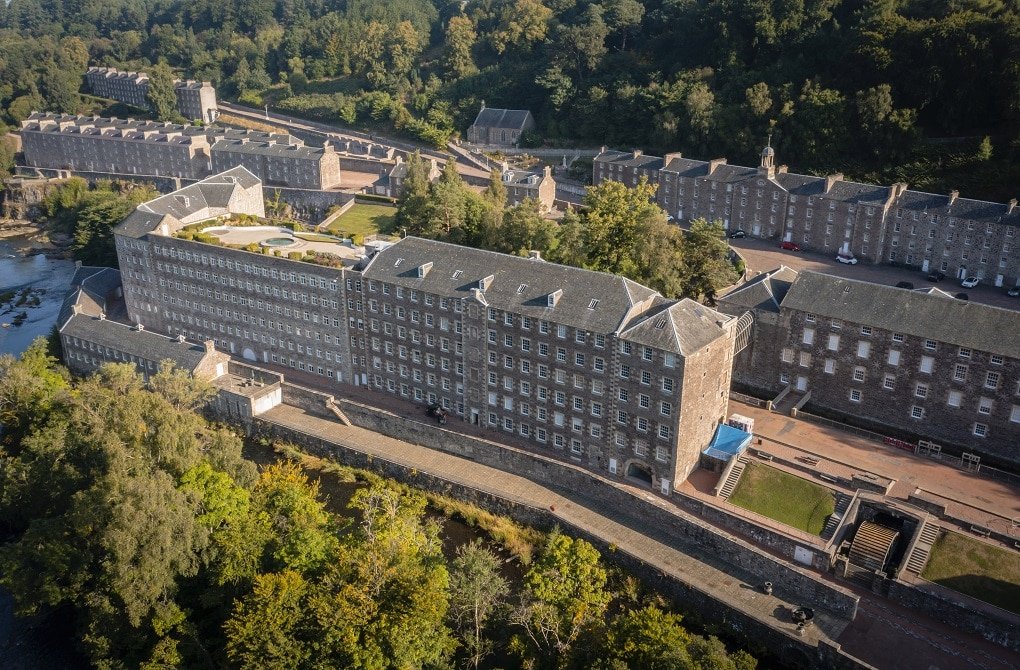
Edinburgh’s Old and New Towns
Scotland’s capital brings together two dramatically different architectural styles in its Old and New Towns. The Old Town developed during the Middle Ages and comprises a labyrinth of narrow passages, aged buildings, and monuments. By the 18th century, the heavily overcrowded area was thought to be unclean and unsafe. The result was the addition of the New Town, defined by its open spaces, tree-lined avenues, and Georgian architecture. Today the two stand side by side to create what is widely regarded as one of the world’s most beautiful cities.

The Antonine Wall
After the death of Roman Emperor Hadrian in 138AD, the wall named for him was left to fall into ruin. Instead, his successor, Antoninus Pius, decided to build another wall further north to protect the frontier. The resulting Antonine Wall was hugely ambitious for its time, and the final structure consisted of 17 forts along a 60 mile span. Whereas Hadrian’s Wall was made of stone, the Antonine Wall was made of turfed ramparts and ditches. Several fragments of the wall are still standing today and these sites show what life as a Roman soldier in the most remote part of the empire would have been like.
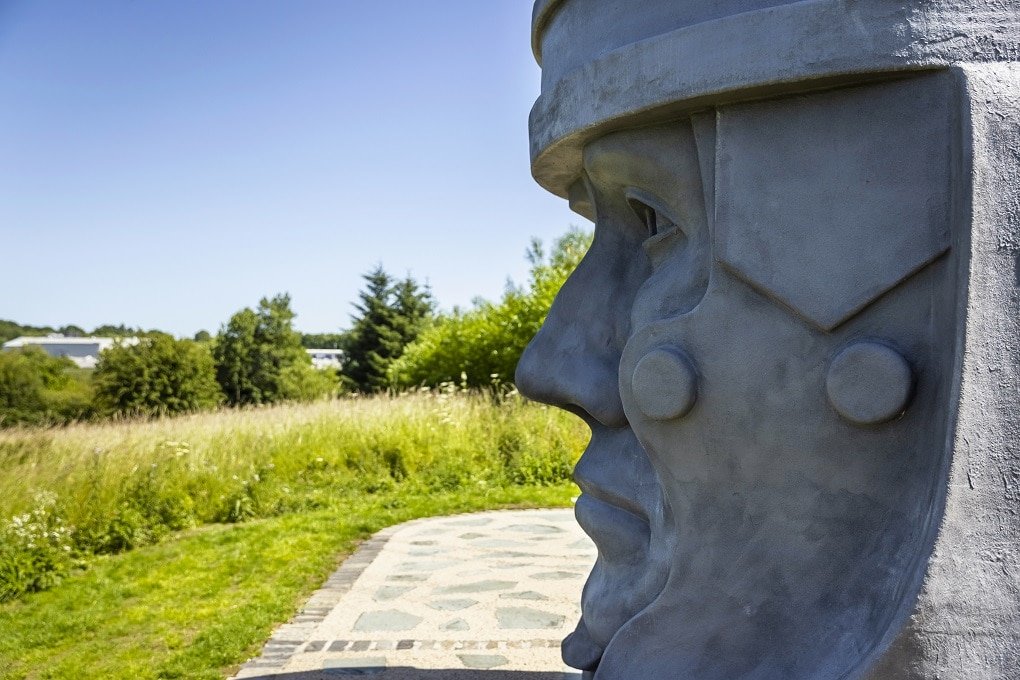
The Forth Bridge
The Forth Bridge, a much-loved landmark, was a feat or modern engineering when it was constructed in 1890. Fifty thousand tonnes of mild steel and six million rivets were used to link Fife and Edinburgh over the Firth of Forth. The distinctive red bridge is 2,529 metres long and 100 metres tall. Whether you sail below it, cross it by train, or admire it from the nearby river banks, you will be impressed by the workmanship.



One thought on “Get Out and Explore Scotland’s UNESCO Trail”
Comments are closed.